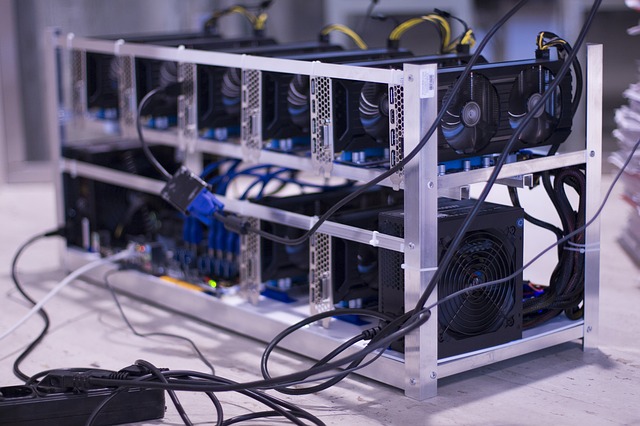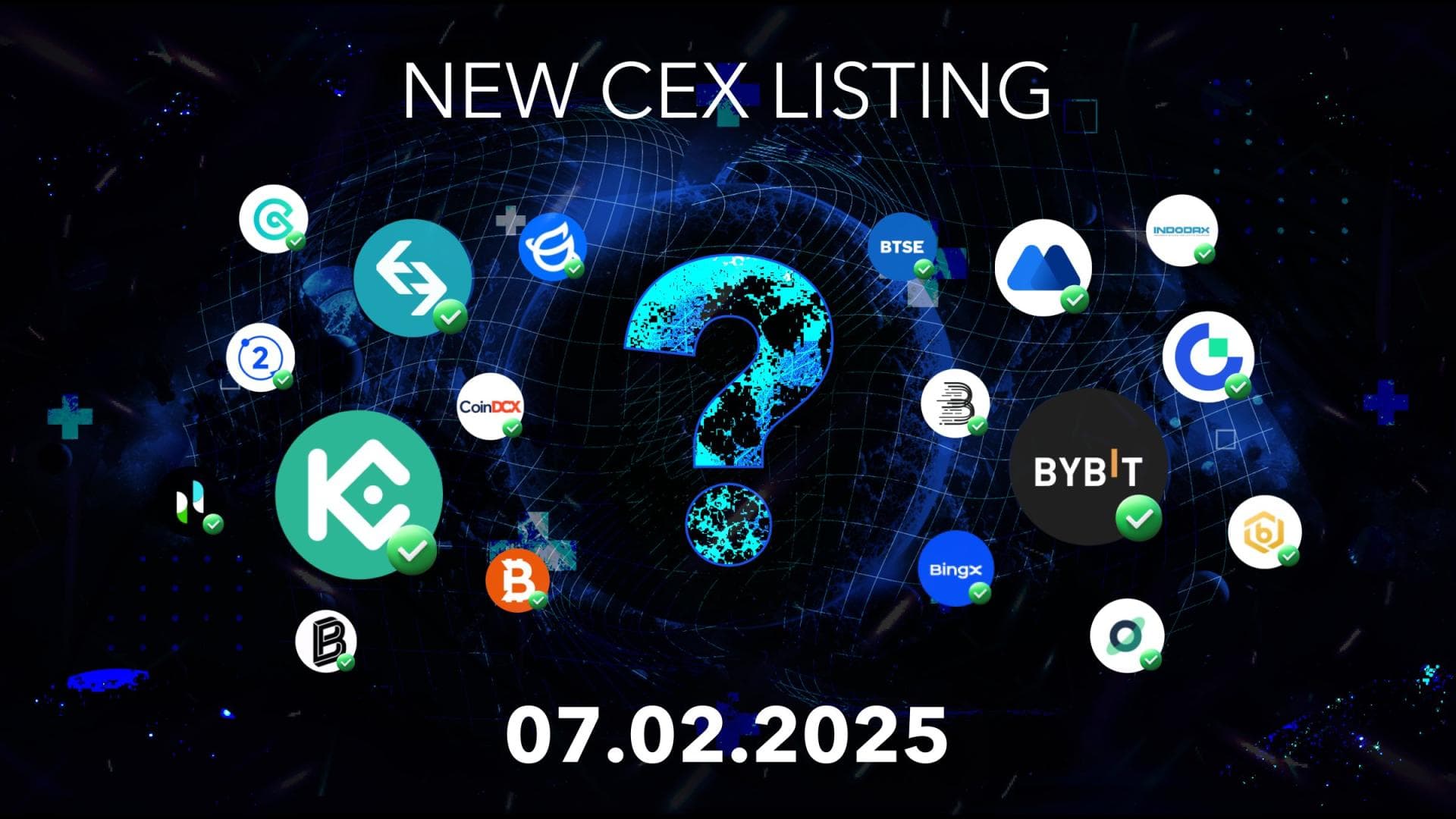A Purpose-Built Blckchain for Auditing Logging of Informal Transactions: Interview With Taraxa CEO
As the cryptocurrency industry moves forward in terms of both development and adoption, many layer-one chains have been competing for the spot of the fastest, the most secure, the most scalable, and so forth.
With a different approach and a unique intention, Taraxa comes forward to audit the logging of informal transactions with a mission to make this data trusted and verifiably transparent. In this interview, we’ll discuss what the project is all about with the co-founder and CEO – Steven Pu.
Steven Pu is the co-founder of Taraxa. He is a serial entrepreneur in IoT and mobile health and a former associate partner in digital strategy at Monitor Deloitte. He holds a B.S. and M.S in EE from Stanford University.
Can you please share how and when did you get into cryptocurrencies? What was your first experience with the industry?
I was introduced and re-introduced to crypto by a string of my classmates & entrepreneurs from Stanford, earliest was in 2013. I was highly skeptical at first and took 3-4 years to truly grasp the importance of decentralization in efficiently bridging trust gaps. It was a long journey but an exciting one.
Please explain in Layman’s terms what Taraxa does and what its purpose is.
Taraxa is a purpose-built decentralized infrastructure created specifically for audit logging of informal transactions. We are on a mission to make informal data trusted, giving every entity – a person, entity, or device, a trusted reputation with rich context, removing a tremendous amount of friction from business and personal collaborations.
How do you categorize informal transactions? Why focus on this specifically?
80% of the world’s data is informal and remains uncaptured, unstructured, and almost impossible to verify. Taraxa’s goal is to track informal data and make it trustworthy with the purpose-built technologies by decentralizing informal data gathering and analytics and enforcing accountability through signed commitments. Once we have enough informal data, we can start building localized reputation networks rooted in communities, enabling even the most minor participants to acquire a reputation, becoming more trusted and fairly rewarded. Ultimately, this adds an essential social component to DID and verifiable credentials in Web3.
How is Taraxa different from other layer ones?
Our chain is specifically built to support the high volume and frequency of smaller-scale informal transactions. In terms of technical architecture, we’ve introduced some innovative elements for a consensus mechanism and achieved higher performance. Our chain is DAG-based, which enables parallel block execution and instant finality. Compared to ‘single-lane’ networks (Ethereum’s priority queue is a classic example) that all use a single chain of blocks, DAG’s tentative ordering creates a multi-lane block execution, i.e., no need to wait for a queue of transactions to be executed. For the transaction execution speed, we’re looking at >20,000 TPS.
Where’s Taraxa at in terms of network development? Is the mainnet live yet?
We have recently released the mainnet candidate that has been running pretty stable, and we’re currently headed towards the native token conversion with the major part of security features implemented by now. There are 152 nodes running on the testnet and 53 consensus nodes on the mainnet candidate. Our staking and delegation rates are going up, with a total of ~502M TARA staked. We’ve also signed with a very reputable security audit firm – Halborn – to run the network audit, after which the actual token conversion and exchange integrations occur.

Talk more about Taraxa’s infrastructure.
Taraxa has several layers of tech stack: 1/ a public blockchain ledger, 2/ a platform layer to enable different types of use cases, and 3/ the application layer that makes use of informal transactional data.
What are the core use cases for Taraxa’s public ledger?
Use cases we’ve been exploring are pretty unique, as they enable capturing and quantifying informal data and signals. If you look at the platform layer, you have Echo for social listening, Marinate for informal business transactions, and Helio for machine-generated data.
Our focus right now is on Echo, a social-listening platform to make informal social data and insights (e.g., Telegram and Discord conversations and threads) easier accessible and trustworthy. Just like all the other forms of informal data, current centralized methods of collection & analysis are not inherently trusted enough to enable automated mechanisms, mechanisms which have financial implications when these signals are used for a range of applications from incentivizing community-building to trading.
Echo aims to change that by developing a decentralized platform of social listening nodes which not only collects social data but distills them into quantifiable signals (with NLP algorithms) that could be directly ingested by automated mechanisms, all of which is provably traceable and transparent on the Taraxa blockchain.
This surely can be used in a myriad of ways, and we’re currently laser-focused on the Hype app that will enable advanced metrics and KPIs for measuring the impact of marketing campaigns. We call it ‘perpetual hype-farming’, and we believe it’s a much better way to measure marketing campaigns’ impact, especially in crypto. Echo will also make it possible to get an insight into what topics are emerging in user conversations, enabling early trend-spotting so you can learn about the new coins or NFTs before everyone else does. That is something we’ll be definitely looking into in the near future as well.
What are the exact pain points in marketing the Hype app is trying to resolve?
If you’re trying to promote your project today, you’re wasting 99% of your campaign budget while getting from little to no impact on actually building your community. The reason that happens is that you can’t differentiate in real-time things like spam and relevancy.
It’s a recurring theme that happens in lots of crypto ecosystems where you pay people to do certain things, but it all gets consumed by people like bounty hunters, whose job is literally to go out and consume social bounties — they are not going to become true community members, neither boost the brand awareness in long-term.
The exact same thing happened with Axie Infinity, where most players are people from the Philippines who do this for a living, not really caring about the game being fun: so when the incentives stop, they stop playing the game. Hype app makes it possible to get more visibility to marketing KPIs and get those indicators measured and quantified in a trustworthy way. We’re looking at three major KPIs here: baseline admittance, campaign differentiation, and quality. You can learn more about these and get a better idea about our R&D process here.
So, the applications are being built in-house as well? What’s your strategy for growth/adoption, then?
We’re here to build a sustainable ecosystem, and something sustainable must have utility and generate income for network participants – e.g., stakers and node operators. Hype app, in particular solves a very specific problem that every project today in crypto faces, which is how to grow your community without wasting 99% of your spend. Our adoption strategy is simply going to be driving traction for apps like Hype and Echo by signing up projects, funds, or even influencers as users, whose usage will eventually generate transaction fees, lockups, or even burns to bolster the health of the overall ecosystem. By focusing on product, utility, and actually solving real world problems, we are confident about the prospects of the ecosystem!
Taraxa runs a public ledger platform – how can one become a node?
We currently have 53 active consensus nodes running on the mainnet candidate, and new node operators are always welcome to come join the ecosystem. You can set up a node and find detailed instructions on how to become one in this guide and join the Discord community.
Are there any bounties that the community can expect?
Lots! Node operators can compete in the weekly top-block producer challenge, where we select the top-200 addresses that get rewards. There’s also a slew of social bounties running and users can get involved to help us grow the network, whether it be posting on Twitter, making videos, or localizing our content.
More information about the project can be found on their official Twitter, and they will be hosting Twitter spaces this week. Meanwhile, users can also check the developments of their Roadmap – it’s being updated regularly.









